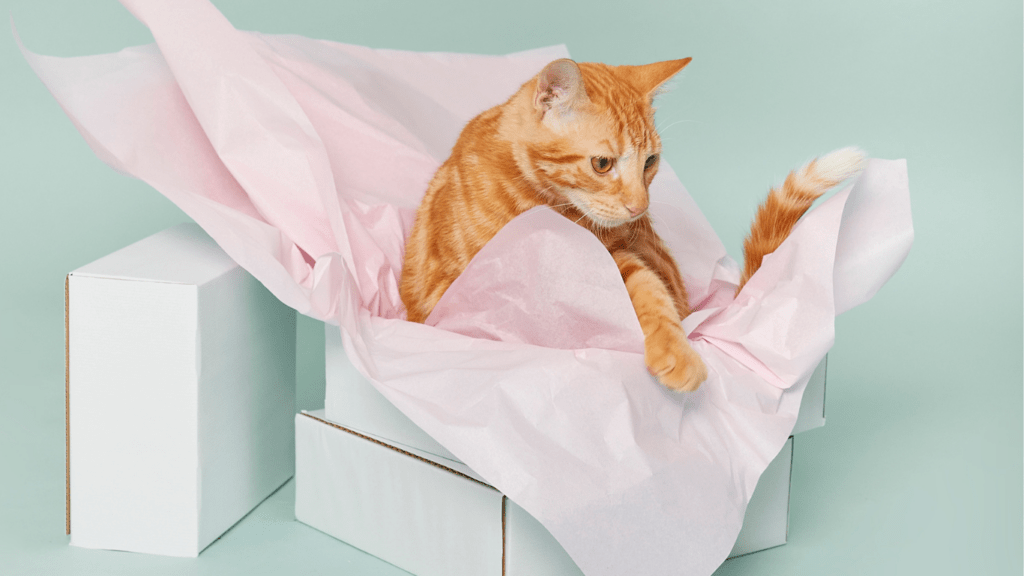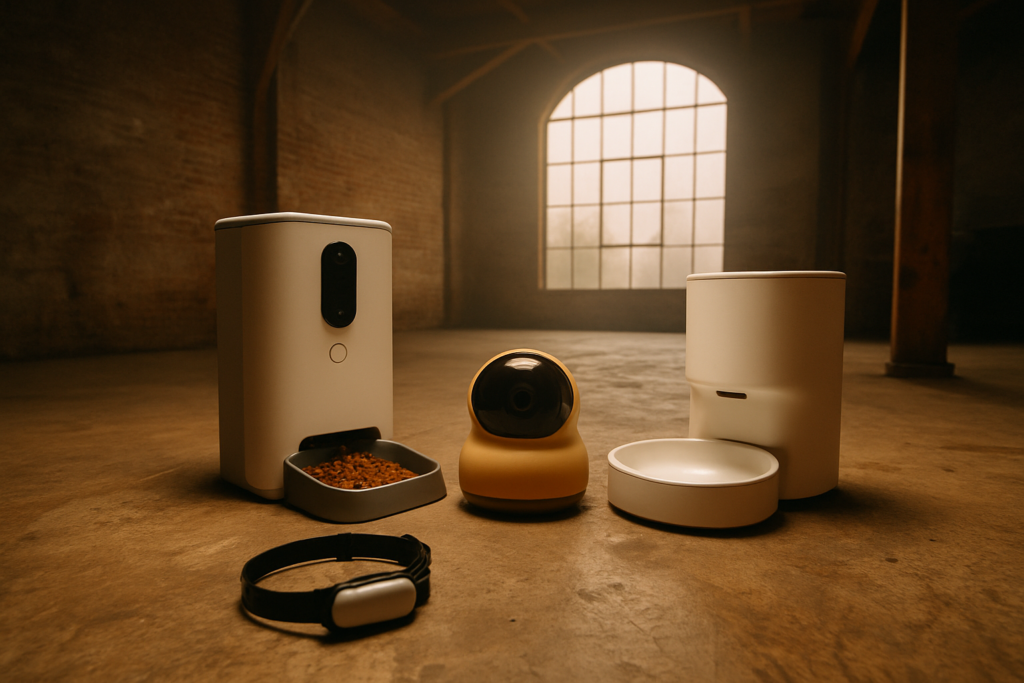Benefits of DIY Pet Toys
Creating DIY pet toys offers numerous advantages. It fosters creativity, ensures safety, and enhances your connection with your pet.
Cost-Effectiveness
DIY pet toys are budget-friendly. Store-bought toys can be expensive, especially those with special features. Making toys at home reduces costs significantly.
For instance, a simple rope tug toy made from old t-shirts or a cardboard box puzzle feeder uses materials already on hand. Saving money on pet toys allows for reallocation of funds to other important areas like health care or quality food.
Customization and Personal Bonding
Customizing pet toys ensures they fit your pet’s specific needs and interests. Meet your pet’s preferences by choosing materials they enjoy, such as soft fabrics for cats or durable rubber for dogs.
Personalizing toys also strengthens the bond between you and your pet. The process of creating these toys together enhances interaction and builds trust. Each time your pet plays with these customized toys, it creates new shared experiences, reinforcing your connection.
Popular Materials for DIY Pet Toys
Creating DIY pet toys offers the familiarity of knowing exactly what’s going into each project. Here, I discuss commonly used materials for these enjoyable crafts.
Safe Materials for Pets
Choosing materials safe for pets is essential. I prefer cotton fabric for its softness and durability. Cotton ropes make great tug toys. Fleece works well for chew toys, as it’s gentle on gums.
Rubber materials like old tires or rubber balls from pet stores ensure resilience and safety. Wood is another option if treated appropriately.
Choose untreated wood to avoid harmful chemicals. Lastly, consider recycled materials like old jeans or t-shirts which add a unique touch while promoting sustainability.
Avoiding Hazardous Substances
When crafting pet toys, certain substances must be avoided. Avoid toxic glues or adhesives; use pet-safe alternatives instead. Skip painted or treated woods, as they may contain chemicals harmful to pets.
Steer clear of materials prone to breaking apart, like inexpensive plastics, which pose choking hazards. Avoid wool or stringy materials that can unravel and be ingested, leading to digestive issues.
Choose materials carefully, ensuring your furry friend stays safe while enjoying their new toy.
Step-by-Step Guides for DIY Pet Toys

Creating DIY pet toys can be simple and rewarding. Here are some step-by-step guides to get you started on some fun projects tailored for your furry friends.
Toys for Dogs
1. T-Shirt Tug Toy:
- Materials Needed: Old T-shirts, Scissors
- Steps:
- Cut T-shirts into long strips.
- Twist three strips together.
- Tie a knot at each end to secure.
2. Treat Dispenser:
- Materials Needed: Plastic bottle, Dog treats
- Steps:
- Clean a plastic bottle.
- Cut small holes around it.
- Fill with dog treats and secure the cap.
3. Rope Ball Toy:
- Materials Needed: Rope, Tennis ball
- Steps:
- Puncture holes in a tennis ball.
- Thread the rope through the holes.
- Tie knots on each end of the rope.
Toys for Cats
1. Feather Wand:
- Materials Needed: Dowel rod, String, Feathers
- Steps:
- Attach the string to one end of the dowel.
- Tie feathers to the other end of the string.
- Secure the attachments with non-toxic glue.
2. Catnip Sock:
- Materials Needed: Sock, Catnip, Needle
- Steps:
- Fill a sock with catnip.
- Sew the sock’s opening shut.
- Ensure no loose threads remain.
Creating these DIY toys fosters creativity and offers personalized entertainment for your pets.
Troubleshooting Common Issues
Even the best DIY pet toys can encounter some challenges. Here are some solutions to common problems you might face.
Durable Designs
Pets, especially dogs, can be hard on their toys. To ensure durability, use multiple layers of sturdy fabric like denim or canvas. Reinforce seams with a strong, non-toxic glue and double stitching.
If a toy starts to fall apart, promptly repair it to prevent your pet from swallowing any loose parts. If toys regularly disintegrate, consider using tougher materials or simplifying the design.
Ensuring Toy Safety
Safety should always be top of mind when crafting pet toys. Inspect materials for any small parts that could pose a choking hazard. Regularly check toys for wear and tear, disposing of any that become compromised.
Choose non-toxic, pet-safe materials, avoiding those treated with chemicals or paint. If your pet shows signs of an allergic reaction like itching or swelling, discontinue use of the toy and consult your vet.


